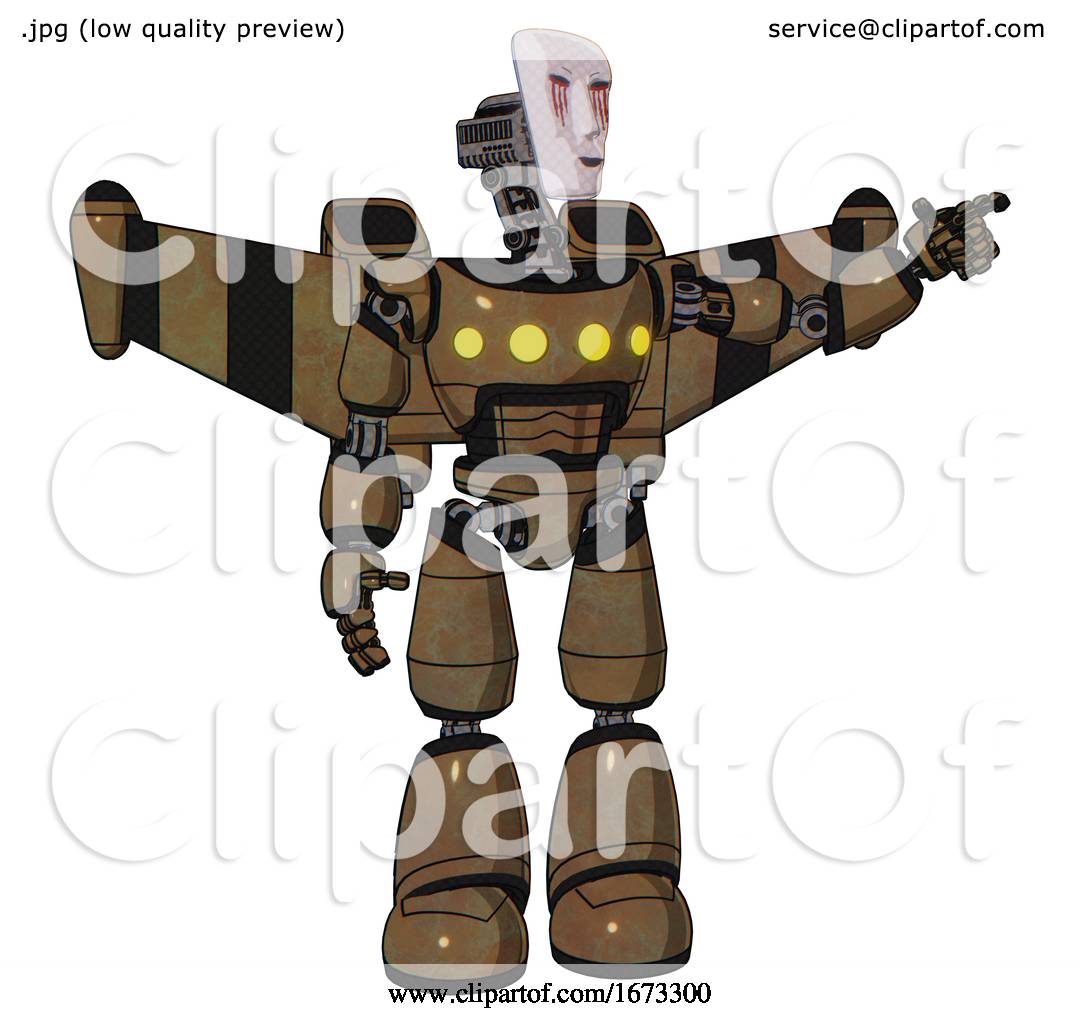

one bioreactor system to grow all tendons types, lacks physiological and clinical relevance. They often provide tissue constructs with uniaxial tensile stresses with a linear actuator, while multiaxial and multiple stress types are found under physiological conditions 10. First, they poorly mimic the mechanical stresses experienced by tendons in vivo. There are two major limitations of current tendon bioreactors that use robotic components for mechanical stimulation. Overall, the existing evidence suggests that delivering advanced physiologically relevant mechanical cues will improve the quality of tendon grafts however, current bioreactor systems do not have the capacity to deliver such cues. Cells sense their mechanical environment through multiple mechanisms including the interaction of integrins and syndecans with the local ECM, leading to phenotypic responses that adapt cells to their environment, via, for example, changes in gene expression 8, 9. Fundamental mechano-transduction studies have also clearly established that mechanical cues influence ECM composition and organisation in vitro. Torsion forces have been used to further improve bioreactor functionality and tendon construct properties 5, 7. The application of cyclic stretching in current bioreactor systems used for tendon tissue culture has been shown to promote cell proliferation, induce tenogenic differentiation and improve matrix deposition relative to static cultures 3, 4, 5, 6. For instance, tendons (connective tissues between muscles and bones) undergo profound modifications when deprived of tensile stresses, including a reduction of their anatomical size, a rapid deterioration of their mechanical properties and a change in extracellular matrix (ECM) composition and organisation 1, 2. Mechanical stresses (tension, compression, torsion and shear stresses) naturally occur in vivo and are crucial to the development and maintenance of musculoskeletal tissues.

They are typically integrated in systems called bioreactors, which control the conditions necessary for maintaining and stimulating living cells and tissues outside the body. Robotic devices are increasingly used in tissue engineering and tissue culture strategies to provide mechanical cues and modulate the growth of cells and tissue. These early results will facilitate the exploration of MSK humanoid robots as a biomechanically more realistic platform for tissue engineering and biomaterial testing applications. A preliminary evaluation of the transcriptome of the cells after 14 days indicated a clear influence of the loading regime on the gene expression profile. We demonstrate that fibroblast cells can be grown in this chamber while undergoing physiological adduction-abduction on the robotic arm. To investigate the feasibility of a humanoid bioreactor, we have designed a flexible bioreactor chamber that can be attached to a modified musculoskeletal (MSK) humanoid robot shoulder joint.

Humanoid robots offer the prospect of providing physiologically-relevant mechanical stimulation to grafts and implants which may expedite their clinical deployment. However, we are still unable to produce functional grafts that can translate into clinical use. For more than 20 years, robotic bioreactor systems have facilitated the growth of tissue-engineered constructs using mechanical stimulation.


 0 kommentar(er)
0 kommentar(er)
